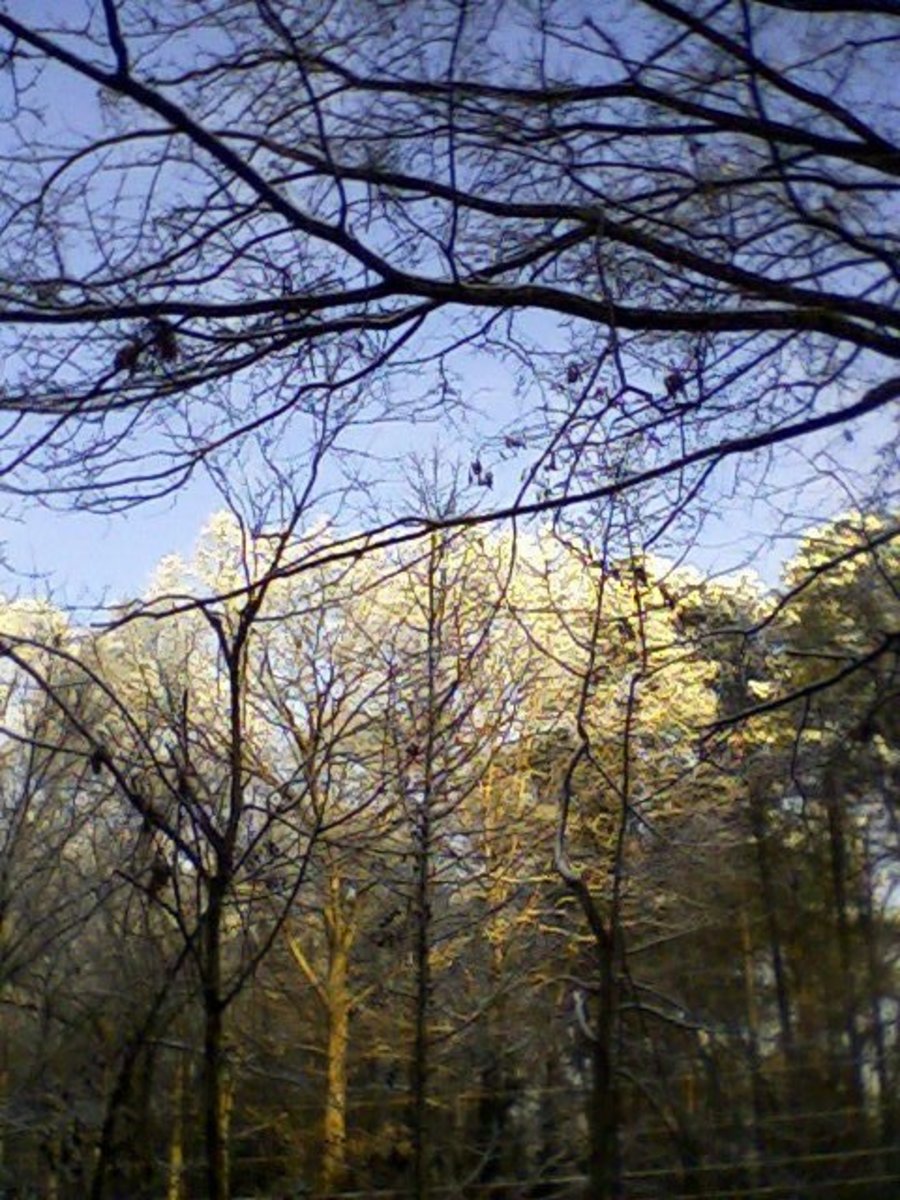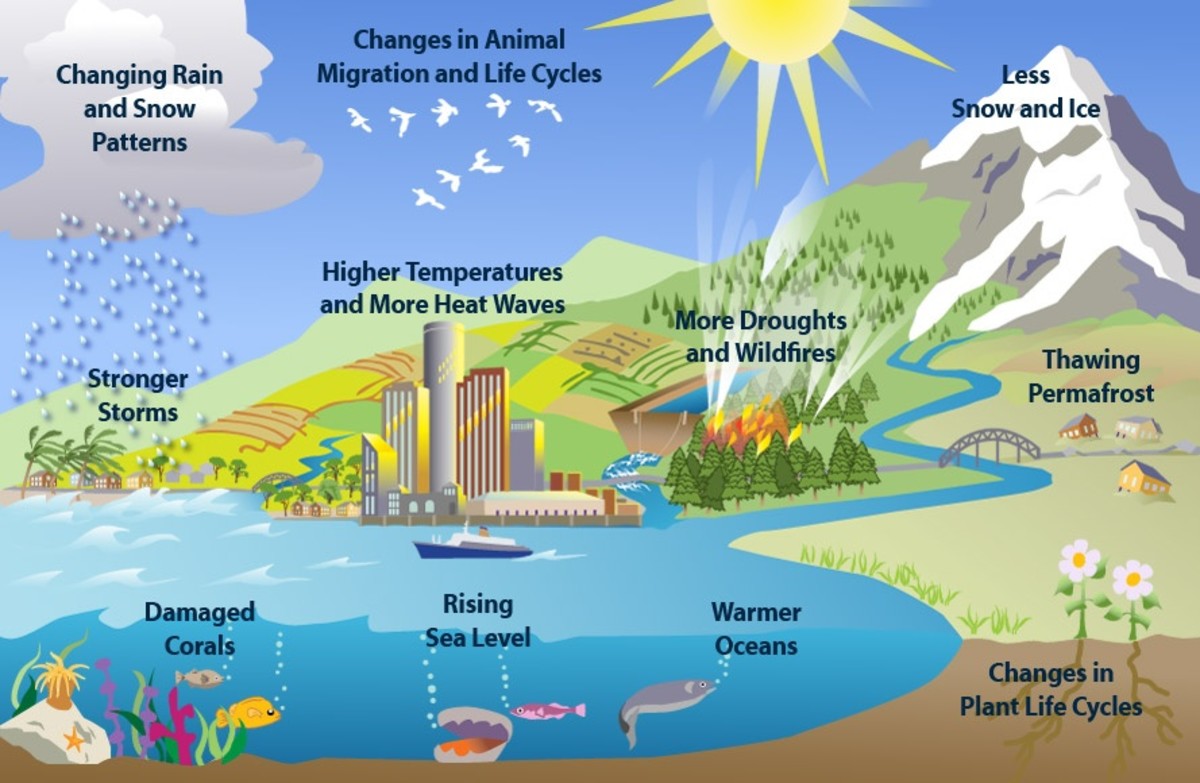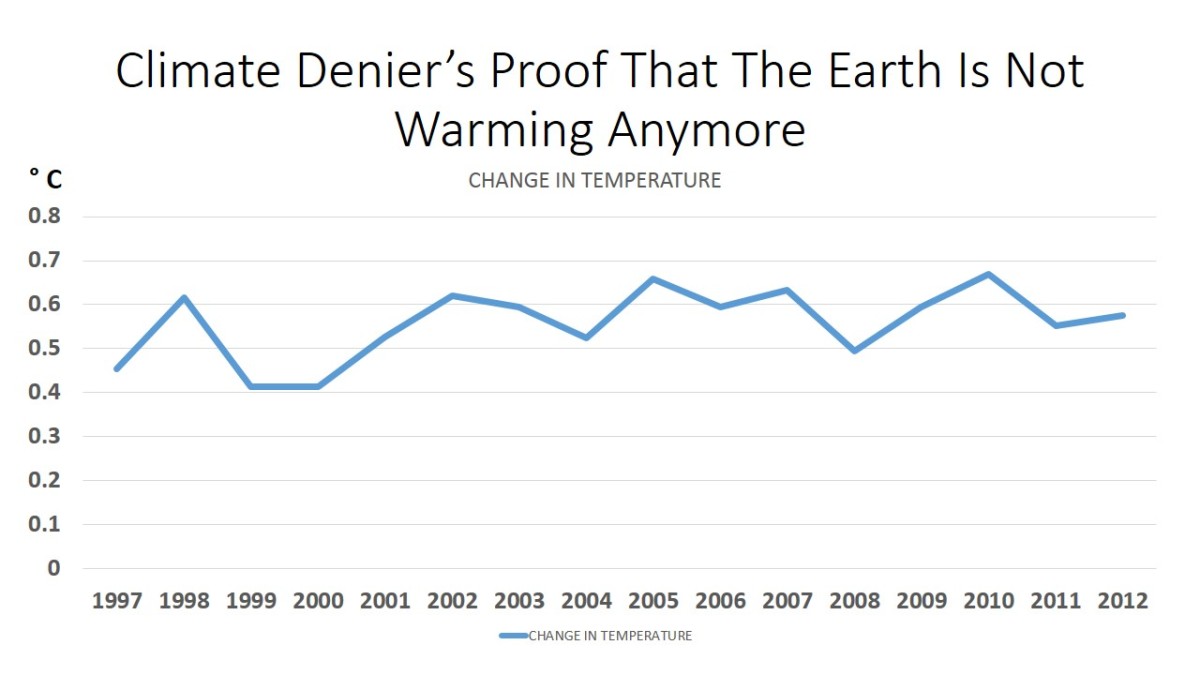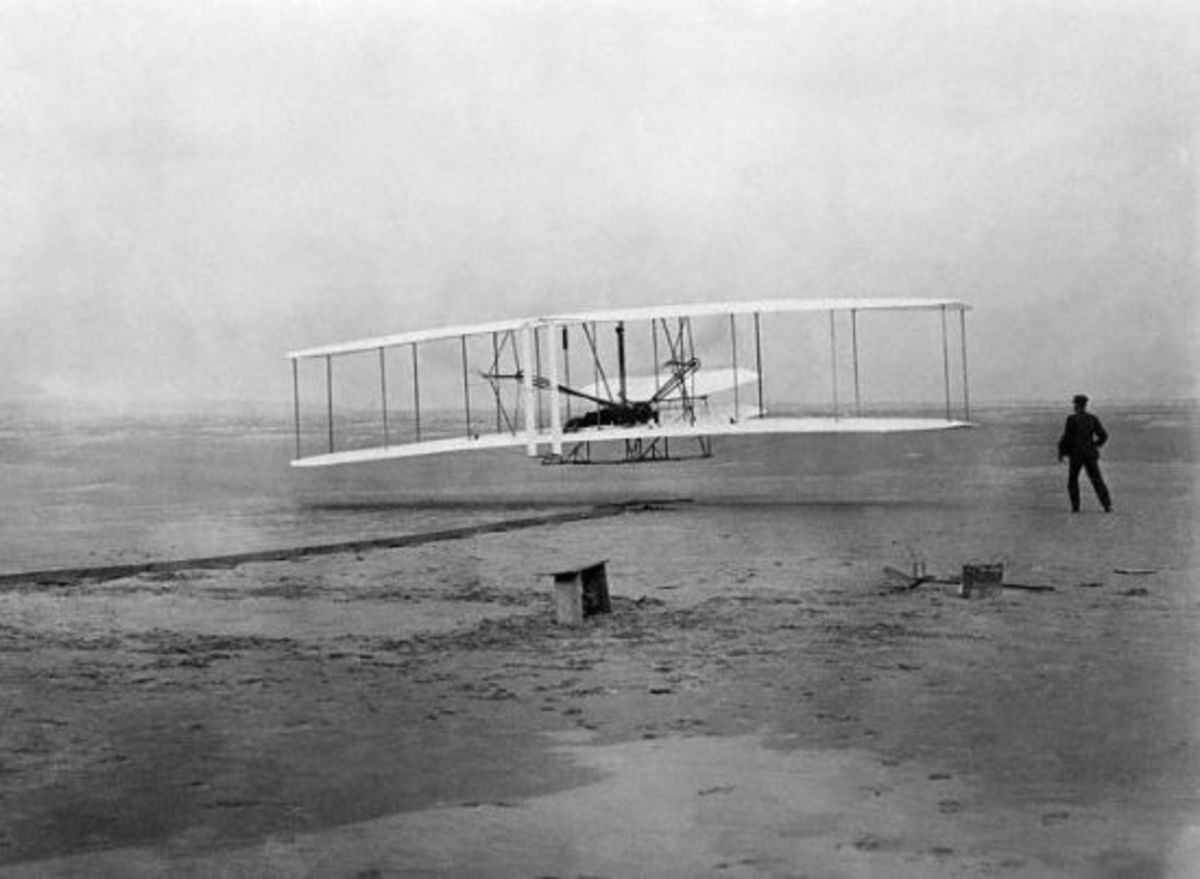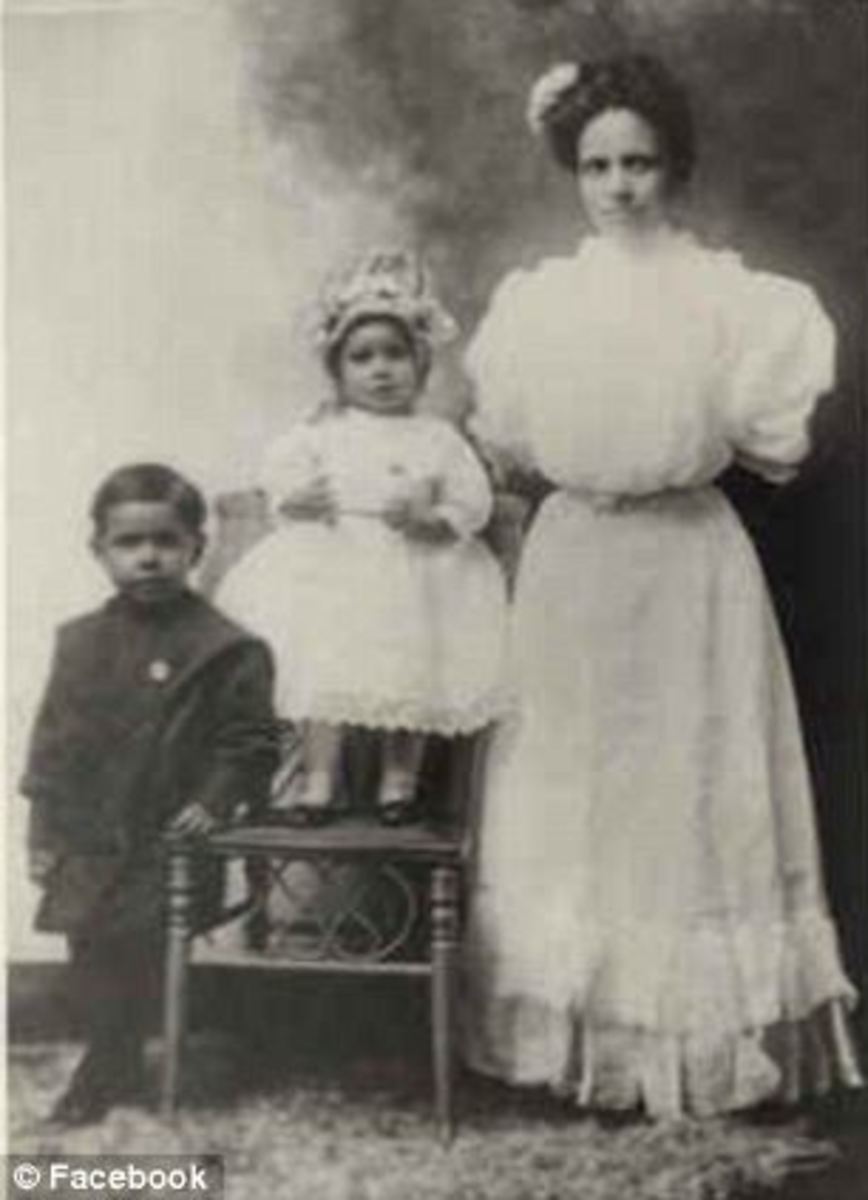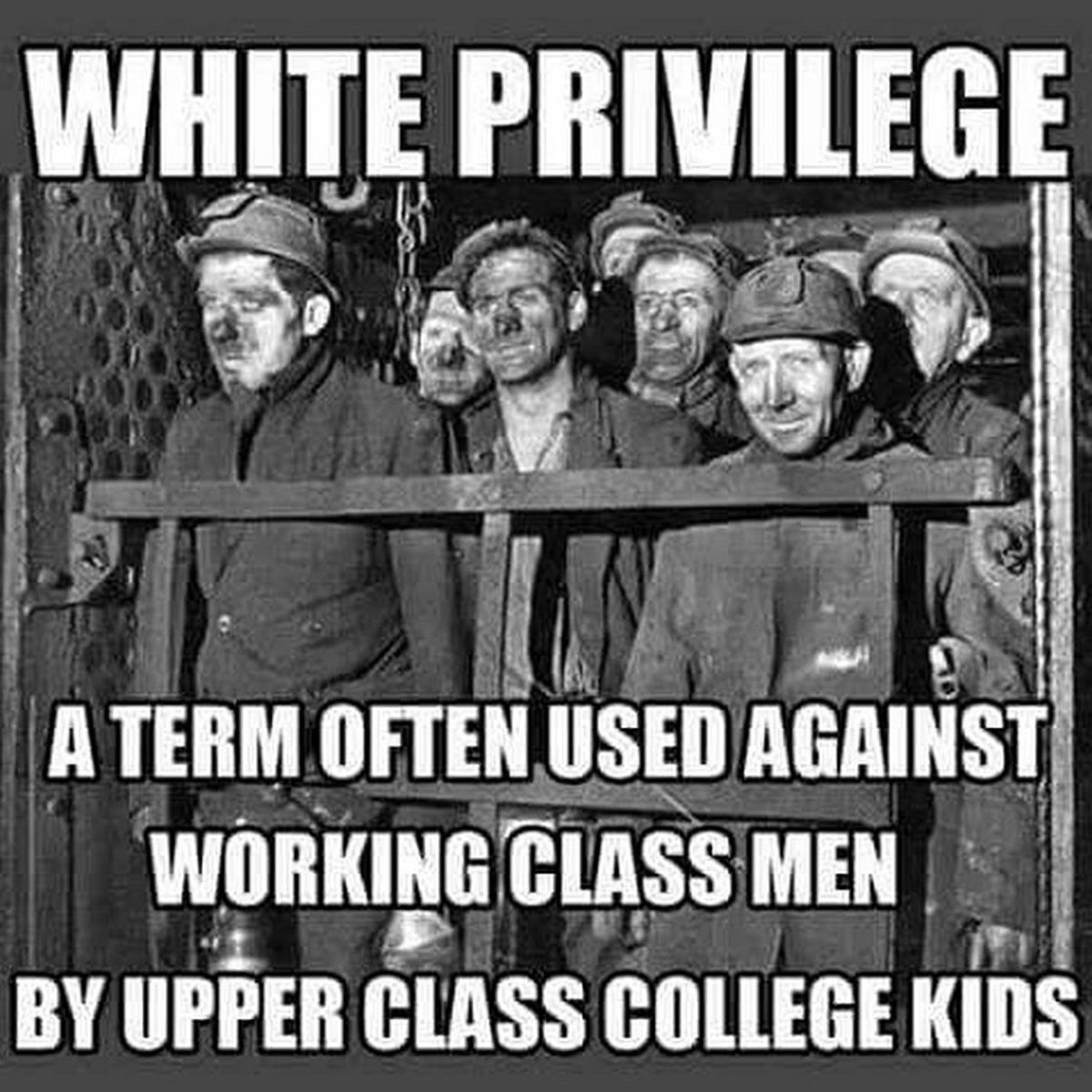Think About It: Isn't the World Actually Improving?
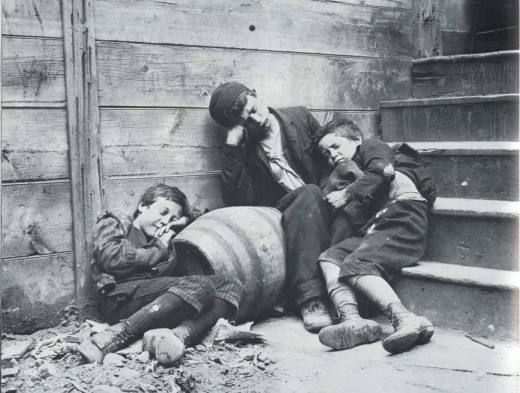
Maybe There is no Real Cause for Cynicism!
Shocking statement, isn’t it? With all the problems we have in the US today – high unemployment, violence in schools, global warming – how can anyone think the world is improving?
Back in 1973, I saw a movie called Soylent Green. It takes place in the year 2022, in New York City, which has grown to a population of 40 million. Nature has disappeared, the streets are crowded with homeless people, and food as we know it is almost nonexistent. What exists is extremely expensive; a jar of strawberry jam costs $150. People survive on nutrient-rich wafers, Soylent Red, Soylent Yellow, and the most important of all, Soylent Green, supposedly made of plankton, which is extremely rare. Being only 12 at the time, the movie freaked me out; was this the future I would be forced to live in?
That fateful date is now only a decade away. New York City's population is currently around 8 million, and I doubt it will be five times bigger in 10 years. We still have our national parks, and food is still food - in fact, in the industrialized world, it's relatively cheap. That's why poor people in the US can afford to be fat.
A year after Soylent Green came out, a book was published called, The Good Old Days - They Were Terrible! It tells of life in the US between the years of 1865 - 1920. That book definitely calmed my fears and put things into perspective! You think we have it bad now? Let’s compare today with the good old days:
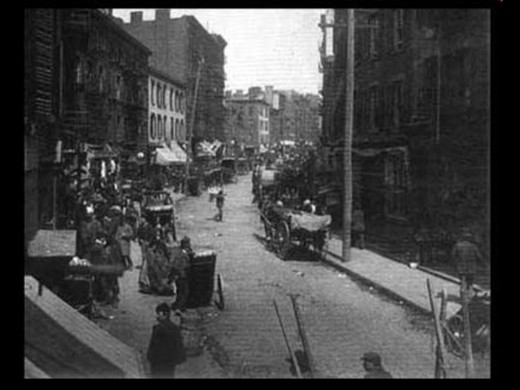
Pollution / Global Warming
There was no Environmental Protection Agency in the good old days. City streets were paved with horse manure, and factories and bone mills spewed out noxious smoke with impunity. Even western towns were dirty; animal wastes seeped into groundwater, polluting wells. Cholera, a disease caused by filthy living conditions, was a common epidemic. Sure, we have chemical waste sites today, but we are not surrounded by them, as people were with filth 100 years ago. As for global warming, we’ve solved far worse problems; we can solve this one, too.
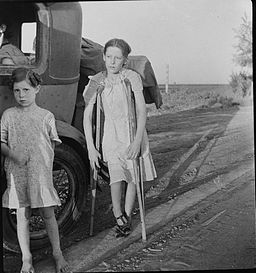
Life Knowledge
Speaking of solving problems, vaccines were not widely known about, and causes / cures for diseases were virtually unknown. People didn’t even know what caused yellow fever and malaria. In fact, the name “malaria” means “bad air”, because people thought it came from breathing swampy air at night. They didn’t realize both diseases come from mosquitoes. Such diseases are rare in the US today, because of our knowledge. As for other diseases, like tetnus, diphtheria, and polio, those are virtually eradicated, because we have vaccines for them. We also avoid lots of other problems, through basic hygiene, like washing our hands before meals, brushing our teeth, and bathing regularly.
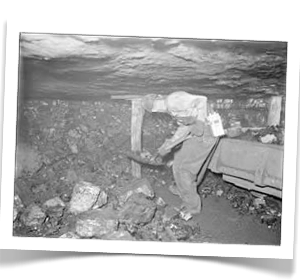
Unemployment / On The Job Abuse
There was no such thing as unemployment, welfare, and worker’s compensation benefits back then. If you didn’t work, you didn’t get paid – period. Also, there were no OSHA laws; the saying went, “If you accept a job, you accept its risk”. On page 71 is a photograph of a railroad worker with two short wooden stumps for legs who was forced to return to work, because there was no workman’s compensation – and even then, he was lucky to get a job. Sweatshop conditions existed, and young children were hired at rip-off wages, working obscene hours. People had no choice; either they accepted these conditions, or they literally starved.
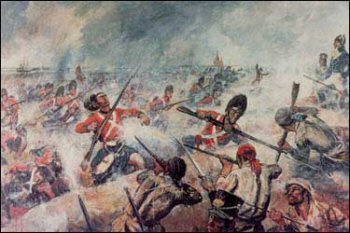
Racism
Page 106 tells of the lynching epidemic of African Americans. There was no NAACP or ACLU in those days. Horrible as this was, the book says nothing about what was happening to Native Americans during this time (that is detailed in the book Bury My Heart at Wounded Knee). Also, though it talks extensively about how European emigrants were exploited, it doesn’t specifically focus on Jews who escaped pogroms and endured incredible hardships to come to the US – only to be exploited by companies owned by their own brethren. Racism was not only commonly practiced, it was accepted.
So many things we now take for granted were barely conceived fantasies back then. Life today isn’t so bad after all, is it?
Do you believe the world is getting better or worse? Please vote, and explain your answer in the comments section below.
© 2012 Yoleen Lucas


